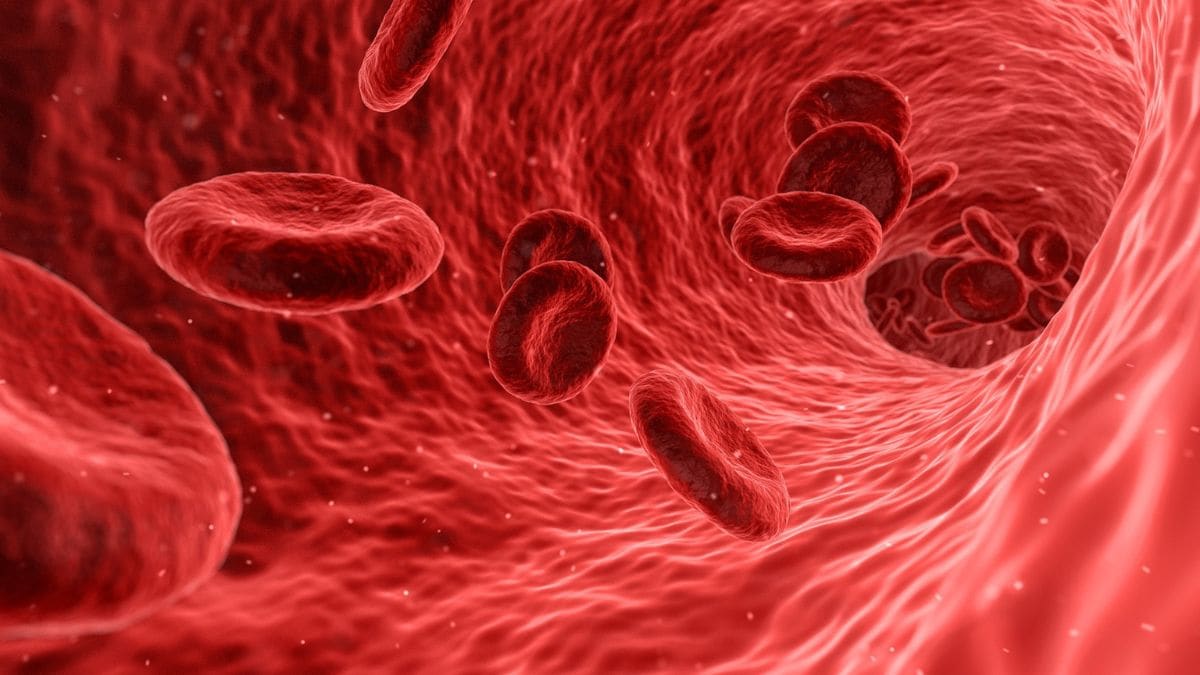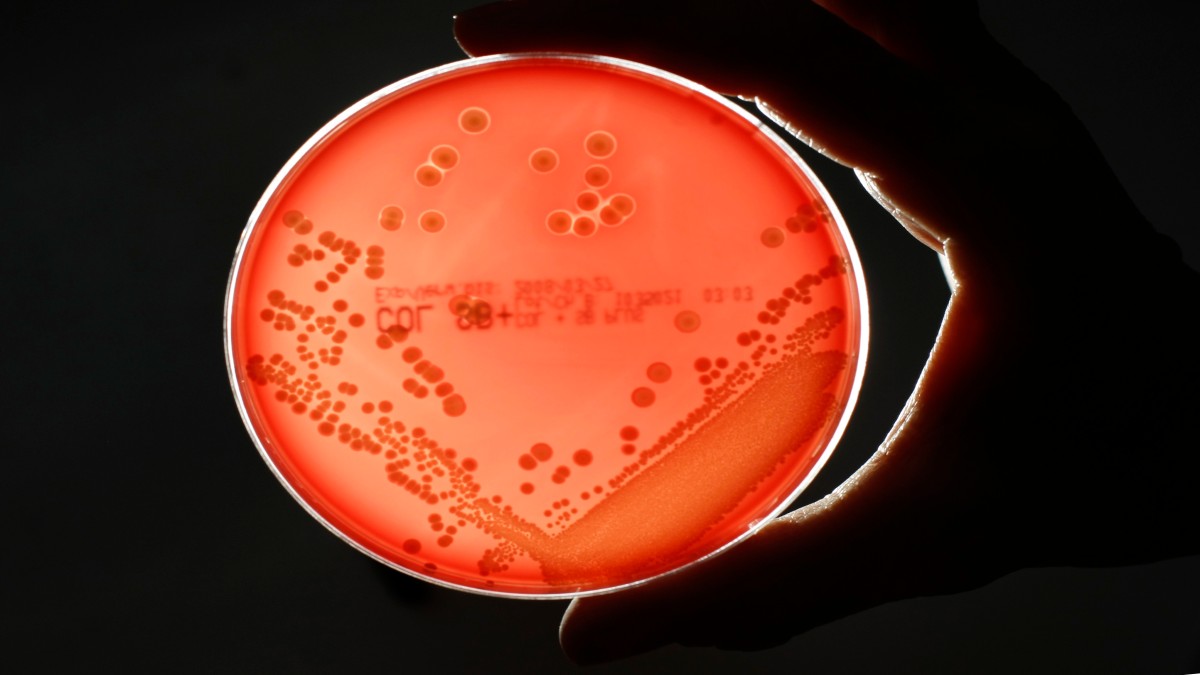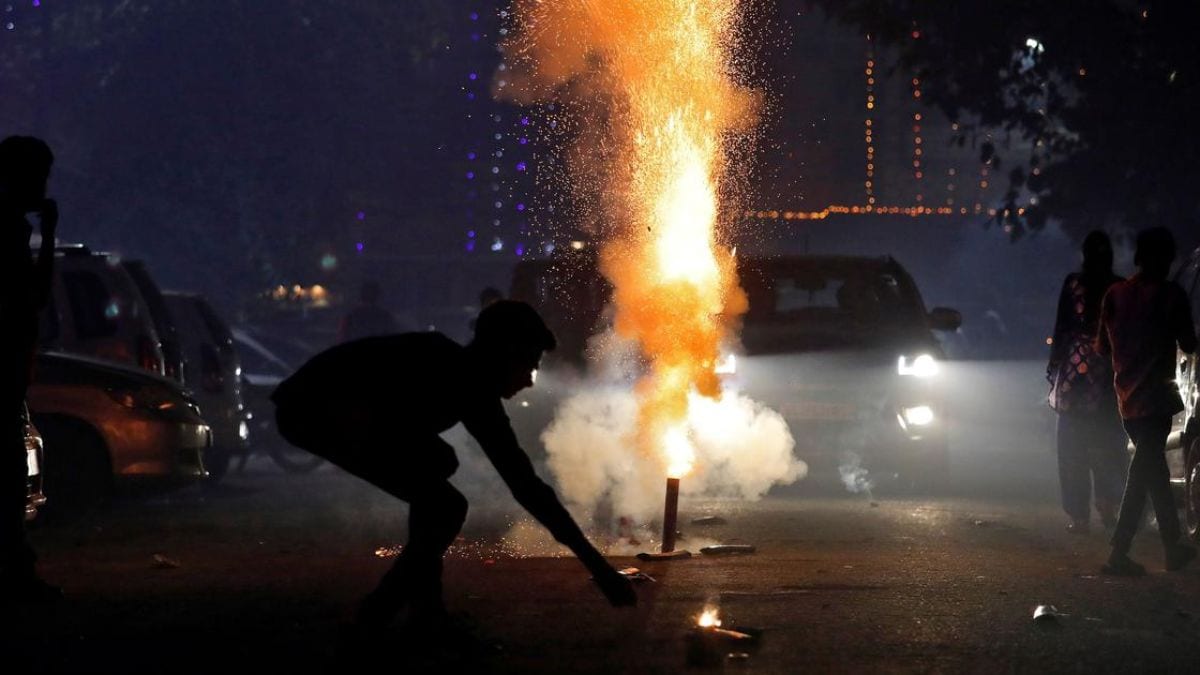Most nations are not achieving the WHO’s standard for ‘safe’ levels of PM2.5, a particulate matter linked to a higher risk of hospitalisation for heart disease and asthma
)
Only 7 countries pass WHO's benchmark for "safe" PM2.5 levels. Source: Reuters
Only seven nations have managed to comply with the global standard for air purity set out by the World Health Organisation (WHO). Lethal air contamination in some areas has intensified due to an upsurge in economic activities and the harmful effects of smoke from wildfires.
Out of 134 nations and territories examined in a study by Switzerland-based IQAir, just seven – Australia, Estonia, Finland, Grenada, Iceland, Mauritius, and New Zealand – conform to a guideline set by the WHO for minuscule air particles emitted by automobiles, trucks, and manufacturing activities.
WHO’s guideline on PM2.5 levels
The WHO revised its guideline for “safe” PM2.5 levels in 2021 to five micrograms per cubic meter. Most nations are not achieving this benchmark for PM2.5, a form of tiny particulate matter less broad than a strand of human hair. When inhaled, PM2.5 can lead to a wide range of health issues and fatalities.
A study published last month by American scientists concluded that there is no harmless level of PM2.5, with even minimal exposure associated with an increased risk of hospital admissions for ailments like heart disease and asthma.
Air pollution is responsible for approximately 7 million deaths annually worldwide – surpassing the death tolls of AIDS and malaria combined – with this impact most acutely felt in developing nations that depend on particularly harmful fuels for heating, lighting, and indoor cooking.
Air pollution’s pervasive chokehold
Although air quality worldwide is substantially cleaner than in last decades of the 1900s, there remain regions where pollution levels are exceptionally hazardous. The country facing the highest pollution, Pakistan, records PM2.5 concentrations over 14 times above the WHO norm. India, Tajikistan, and Burkina Faso follow as the countries with the highest pollution levels.
Even in affluent and rapidly developing nations, advancements in reducing air pollution are under threat. Canada, traditionally viewed as having some of the purest air in the western hemisphere, was ranked the poorest for PM2.5 last year due to unprecedented wildfires that devastated the nation, releasing noxious smoke throughout the country and into the United States.
In China, efforts to enhance air quality were hindered last year by an economic revival following the Covid-19 pandemic, with the study noting a 6.5 per cent rise in PM2.5 concentrations.
With inputs from agencies

 6 months ago
13
6 months ago
13


















)
)
)
)
)
)
)
 English (US) ·
English (US) ·